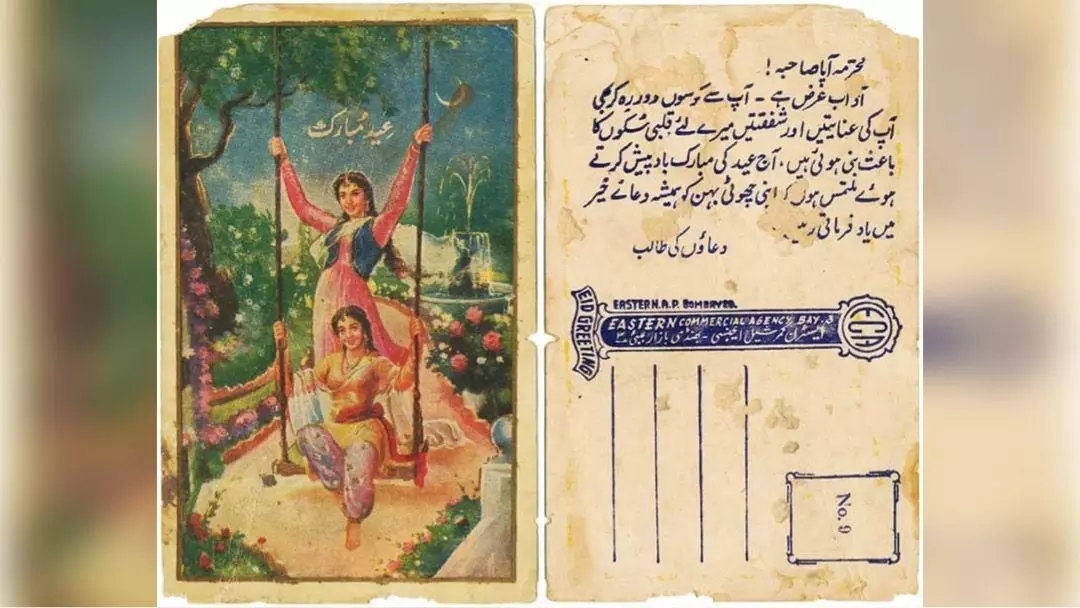Eid Mubarak! How technology made paper greeting cards obsolete
The practice of sending out Eid greeting cards has become history, thanks to technology
By Kaniza Garari
Hyderabad: Eid-ul-Fitr celebrations comprise a number of unique activities in Muslim society. Eid marks the end of the holy fasting month of Ramadan. During the month, people recite Quran, and Taraweeh prayers apart from fasting.
In this month, Muslims distribute Zakat (alms) among the poor. Every Eid, Muslims spend a lot of money on buying new clothes, bangles, Mehndi, furnishings, and even on furniture. Different dishes are prepared throughout the month.
However, one particular practice of sending out Eid greeting cards has become history, thanks to technology. It was once routine for most people to spend a lot of time in selecting, purchasing, and creating poetic and idealistic content to express their feelings and joy.
Just as girls today used to worry about Mehndi designs, the youth used to worry about choosing Eid cards. They used to go from one gallery to another and try new, attractive, and unique. If someone wanted to purchase a particular card in bulk, he had to place an order in advance.
In the present era of cell phones and social media, handwritten greeting cards have lost their utility almost. However, a few political leaders, companies, and elderly people are still maintaining this practice in this era of the Internet and cell phone.
It is to be said that the tradition of sending greeting cards on Eid started in the late 19th century. However, this was limited to Royal and noble families who used to make cards by hiring their personal artists and calligraphers. These artists and calligraphers used to create unique cards for each receiver considering their ranks and positions. They used to send it through their special messenger along with gifts like perfumes, clothes, saffron, dry fruits, and other fruits.
It is believed that Eid cards started imitating the Christmas cards which were common in European countries. Artistically decorated paper greeting cards were made available for masses till 2000. Students are accustomed to personally exchanging Eid cards in colleges and universities on or before Eid. These cards were preserved in their books and copies for years.
Though the new generation also greets on the occasion of Eid to each other, they use the online mode. They are not even aware of this fashion of sending Eid Greetings cards sent by post.
“What good days were those when Eid greetings were exchanged through these Cards with as much joy as the celebration itself,” said historian and writer Inam ur Rahman Gayur.
He said the choicest of Eid cards were carefully picked up from bookshops. Due importance would be given to the printed message conveying appropriate and the best messages. Cards would come with texts to suit all age groups and relationships. Parents, friends, relatives even wives, husbands, beloveds, and fiancées could be properly addressed through an appropriately worded card.
Most cards would carry a 'Sher' befitting the person to whom the card would be sent. Pictures and sketches on the cards used to be catchy and yet very sober to suit the solemnity of the occasion.
Gayur said delivering the cards, the good postman would also expect a tip or some token of appreciation for the delivery. It used to be a win, win situation for a cross-section of society.
The cards are used to serve as bonding glue for people. Alas, WhatsApp, Messenger, Twitter, etc have taken away that very tangible feeling of love and affection from us now.